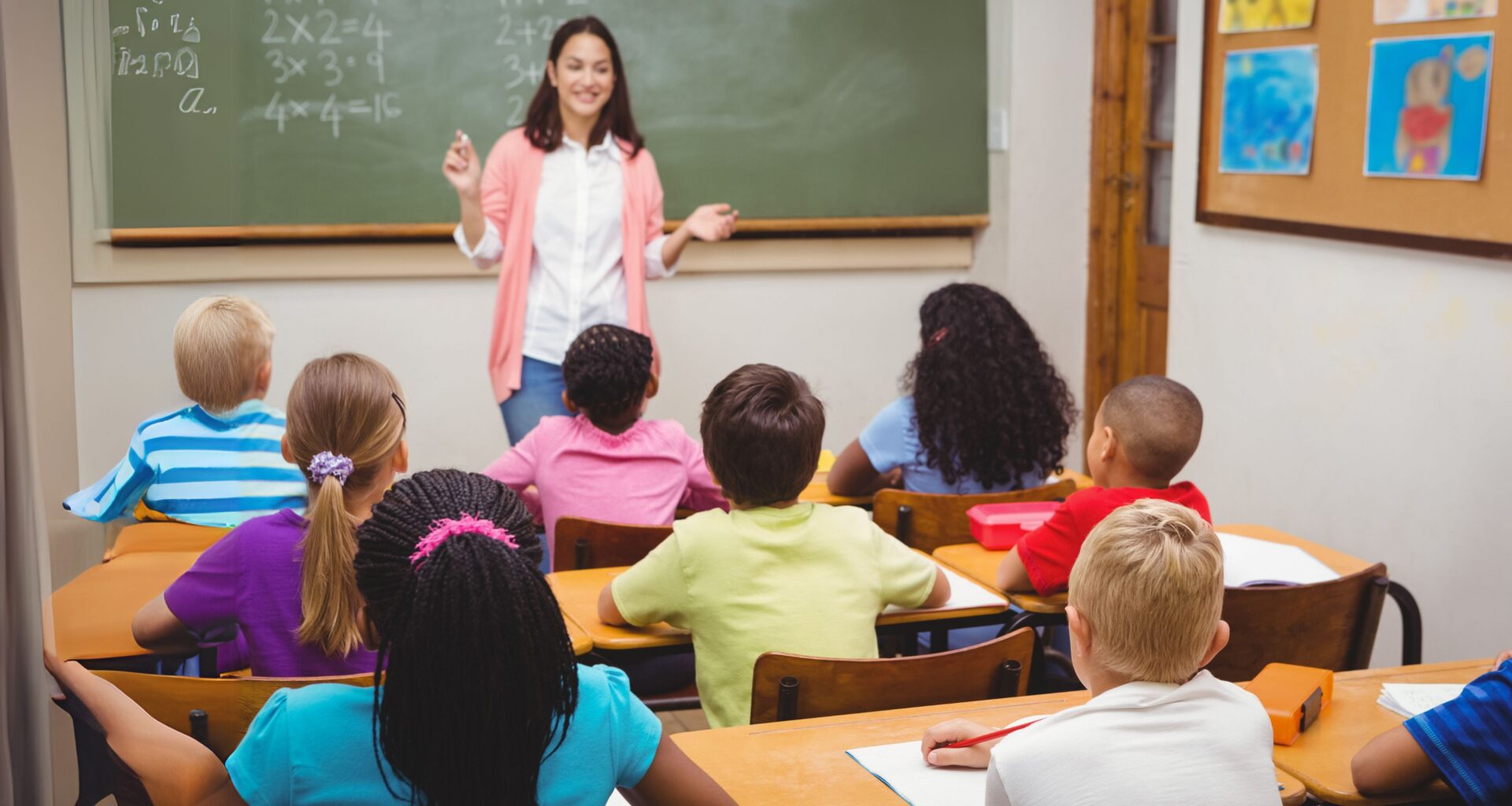Date Published: April 21, 2025
Classroom management is one of those skills that often gets described as “something you learn on the job”—and in many ways, that’s true. But for anyone stepping into a classroom, whether you’re a newly qualified teacher, a pastoral lead, or a seasoned school leader, it helps to understand that effective classroom management goes far beyond just keeping students quiet or dealing with misbehaviour.
At its core, classroom management is about creating a space where students feel safe, respected, and ready to learn. It lays the groundwork for academic success, positive relationships, and emotional wellbeing—not just for students, but for staff too.
So whether you’re teaching in a primary setting, leading a form group, or managing several classes a day at secondary level, here are 10 practical strategies that can help create a calm, productive classroom environment—where everyone can thrive.
1. Set Clear Expectations Early On
One of the best things you can do—right from the start—is let students know exactly what you expect. Clear expectations reduce uncertainty, set boundaries, and give students a framework they can trust. Better still, involve them in setting those expectations. It builds ownership and helps establish a shared sense of responsibility.
Try saying: “In our classroom, we listen when someone’s speaking,” instead of “Don’t interrupt.”
2. Build Genuine Relationships with Students
Relationships are everything. When students feel that you know them, care about them, and believe in them, they’re far more likely to behave positively. A simple greeting at the door, asking about their weekend, or checking in when they’re quiet can go a long way.
Leaders and support staff: Encouraging a school culture where all staff invest in relationships—not just teaching staff—makes a huge difference.
3. Create Consistent Routines
Routines aren’t about making things rigid—they’re about creating predictability. For students who are anxious or easily distracted, predictable routines provide a sense of safety. For teachers, they reduce wasted time and help lessons run smoothly.
Think about routines for starting lessons, moving between activities, handing in work, or packing up. The more consistent you are, the less energy you’ll spend managing transitions.
4. Use Non-Verbal Cues
You don’t need to narrate every correction. In fact, some of the most effective behaviour redirection happens silently. A glance, a hand signal, or simply walking closer to a student can gently steer behaviour back on track without disrupting the flow of the lesson.
New to teaching? Pick two or three signals (like a countdown or a hand raise) and use them consistently. You’ll be amazed how quickly students pick them up.
5. Bring Social Emotional Learning (SEL) Into the Mix
Good classroom management supports more than just academic outcomes—it supports wellbeing, too. When students learn how to manage their emotions, show empathy, and resolve conflict, behaviour improves naturally. SEL can be as simple as a five-minute emotional check-in or a reflective journaling task after lunch.
Whole-school impact: Schools that embed SEL into their routines often see improved behaviour, better attendance, and higher levels of student engagement.
6. Praise the Positive—Be Specific
Students respond incredibly well to recognition, especially when it’s sincere and specific. Instead of generic praise like “Well done,” aim for comments like, “You showed great focus during that group task, and it helped your team finish early.”
The key? Focus on the behaviour, not just the outcome. And praise in public when appropriate—it sets the tone for the whole class.
7. Use Consequences That Teach, Not Punish
Consequences are part of any classroom, but they should be fair, respectful, and related to the behaviour. Rather than removing a student from the room or issuing a detention straight away, try having a restorative conversation that helps them reflect on what happened and how to move forward.
SLT tip: Equip staff with training in trauma-informed approaches. Many behaviours are rooted in unmet needs, not defiance.
8. Plan for Active Engagement
Disruption often starts with boredom or confusion. One of the best ways to manage behaviour is to plan lessons that students actually want to be part of. Think variety: discussions, group work, low-stakes quizzes, movement breaks—even music or storytelling.
Planning tip: Build in choice where possible—students love having a say in how they learn.
9. Use Restorative Approaches to Address Conflict
When things go wrong—and they will—restorative conversations help students repair harm rather than just “serving time.” This not only encourages accountability, but also supports relationship-building between peers (and between students and staff).
Ask questions like:
- What happened?
- How did it affect others?
- What do you need to feel better about it?
10. Reflect Often, and Be Ready to Adapt
There’s no such thing as a “perfect” classroom management style. Every class is different, and strategies will need adjusting as your students change and grow. Regular reflection—on your own or with colleagues—can help you fine-tune your approach.
Keep a journal, run peer observations, or simply check in with students about what’s working for them. Feedback goes both ways!
Final Thoughts
Classroom management is not about power or control—it’s about building a learning space where everyone can do their best. When we balance structure with empathy, and clarity with flexibility, we create environments where students (and staff) can thrive.
For student teachers, these strategies provide a toolkit you’ll use every day. For more experienced educators and leaders, they’re a reminder that classroom culture is built intentionally—and maintained through consistency, care, and collaboration.
And most importantly, good classroom management doesn’t just support learning. It supports people.
Looking for tools that make classroom management easier?
Team Satchel helps educators track behaviour, support student wellbeing, and build positive learning environments—across every classroom and key stage.
Author: Hope Marvin






